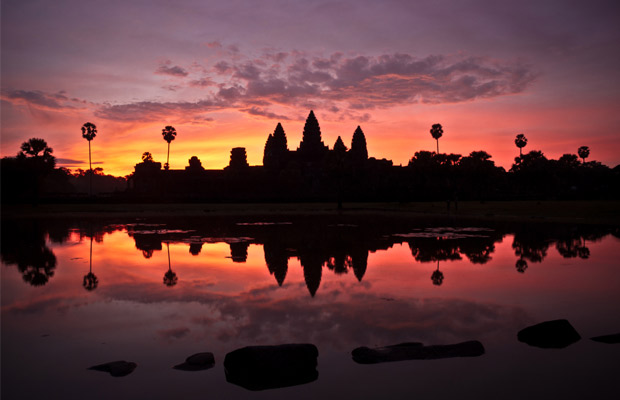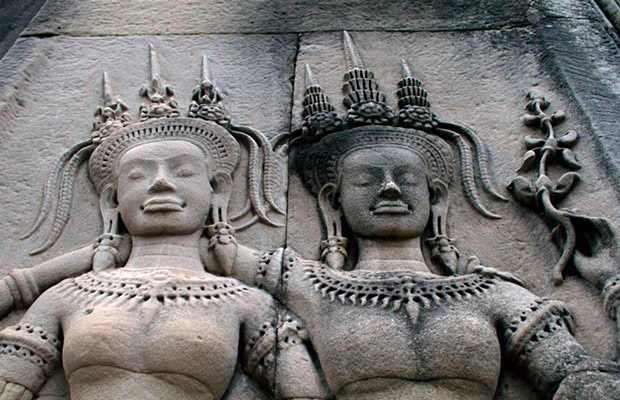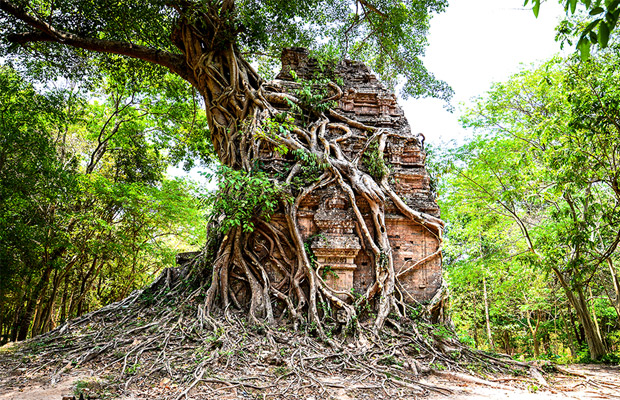Srah Srang
Srah Srang (Khmer: ស្រះស្រង់) is a baron or reservoir in Angkor, Cambodia, located south of East Baray and east of Banteay Kdei. It was excavated in the middle of the tenth century, on the initiative of Kavindrarimathana, Buddhist minister of Rajendravarman II. [1] Later, it was modified around 1200 by Jayavarman VII, [125] which also added the laterite landing stage on the west side, probably because the East Baray had been dominated by sediments and had begun to function bad. [3] French archaeological expeditions have found a necropolis near it.
Srah Srang (Khmer: ស្រះស្រង់) is a baron or reservoir in Angkor, Cambodia, located south of East Baray and east of Banteay Kdei.
It was excavated in the middle of the tenth century, on the initiative of Kavindrarimathana, Buddhist minister of Rajendravarman II. [1] Later, it was modified around 1200 by Jayavarman VII, [125] which also added the laterite landing stage on the west side, probably because the East Baray had been dominated by sediments and had begun to function bad. [3] French archaeological expeditions have found a necropolis near it.
Currently, Srah Srang measures 700 by 350 m and is still partially flooded. Like other bardias, there might have been a temple on an artificial island in the middle of it, as suggested by finding a basement. The landing, opposite the entrance of Banteay Kdei, is a popular site to see the sunrise. It is cruciform, flanked by balustrades nāga that end with the vertical head of a serpent, mounted by a garuda with the wings unfolded. The steps leading up to the water are flanked by two guardian lions.
A 1600-square-meter cemetery was discovered in the northwest corner of the reservoir. The burial jars containing cremated remains and other artifacts dating from the reign of Udayadityavarman II were excavated by B.P. Groslier. [2]: 104
View Mores Temple Guide

Baksei Chamkrong
Baksei Chamkrong is a small Hindu temple situated in the Angkor complex (Siem Reap, Cambodia). He is dedicated to Lord Shiva and used to keep a golden image of him. The temple can be seen on the left ...
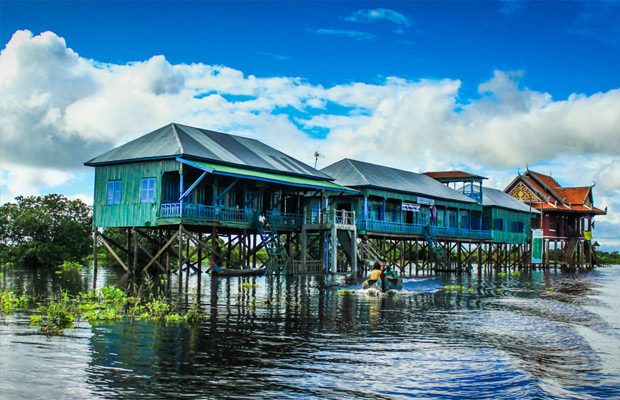
Kampong Phluk floating village
Kampong Phluk is a set of three villages of slaughter houses built within the floodplain about 16 km southeast of Siem Reap. The villages are mainly Khmer and has about 3000 inhabitants among them. ...
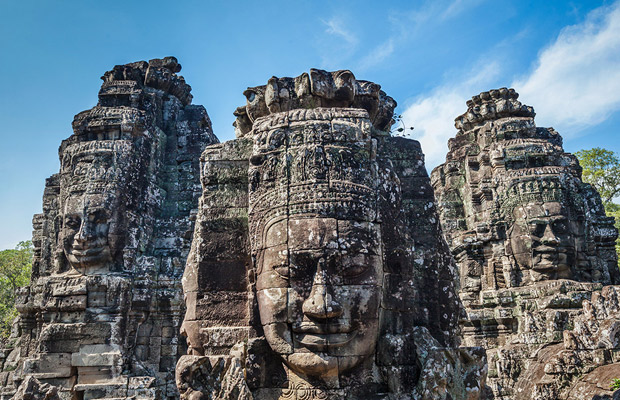
Bayon Temple Trips
Bayon (Prasat Bayon) is a well-known and richly decorated Khmer temple in Angkor, Cambodia. Built in the late 12th or early 13th century as the official temple of King Mahjimana Buddhist Jayavarman ...
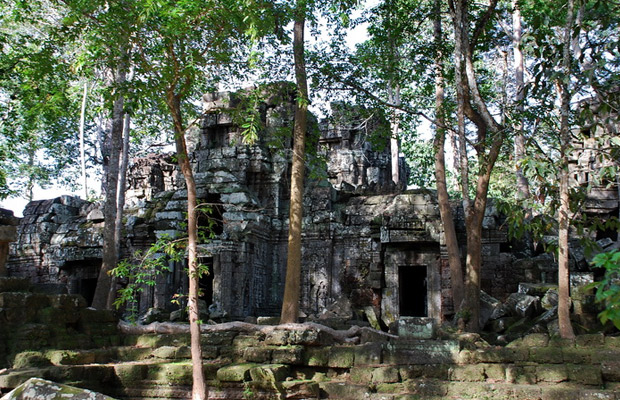
Ta Nei
Ta Nei is a 12th century stone temple located in Angkor, Cambodia. Built during the reign of King Jayavarman VII, it is located near the northwest corner of East Baray, a large sacred reservoir. It ...

Phnom Kulen Linga River
The 1,000-lingual river owes its name to the images of Hindu gods, their spouses and more than 1,000 slings carved into the bed and banks of the Siem Reap River in Phnom Kulen. The lanyards are a ...

Chau Say Tevoda
Chau Say Tevoda is a temple in Angkor, Cambodia. It is located east of Angkor Thom, directly south of Thommanon, through the Victory Path (before the previous date and post-dates). Built in the ...
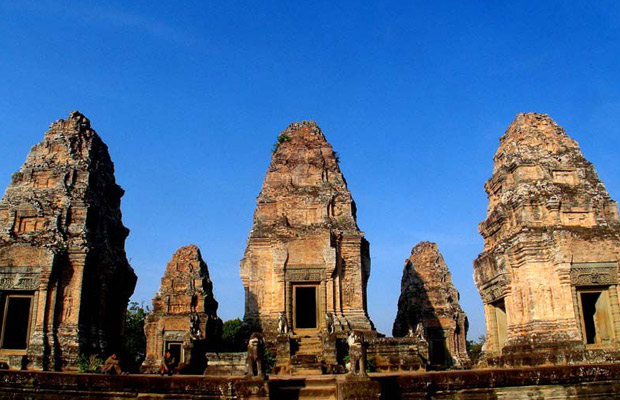
East Mebon
The East Mebon (Khmer: ប្រាសាទមេបុណ្យខាងកើត) is a 10th century temple in Angkor, Cambodia. Built during the reign of King Rajendravarman, stands on what was an ...
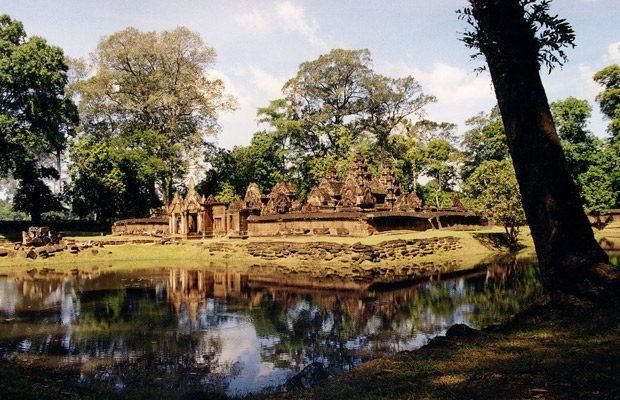
Banteay Srei Tours
The tenth-century temple of Banteay Srei is known for its intricate decoration carved in pinkish sandstone that covers the walls like tapestries. This site guarantees all the time that your schedule ...

Neak Pean Temple
Neak Pean (or Neak Poan) [2] (Khmer: ប្រាសាទនាគព័ន្ធ) ("The intertwined serpents") in Angkor, Cambodia is an artificial island with a Buddhist temple on a circular ...
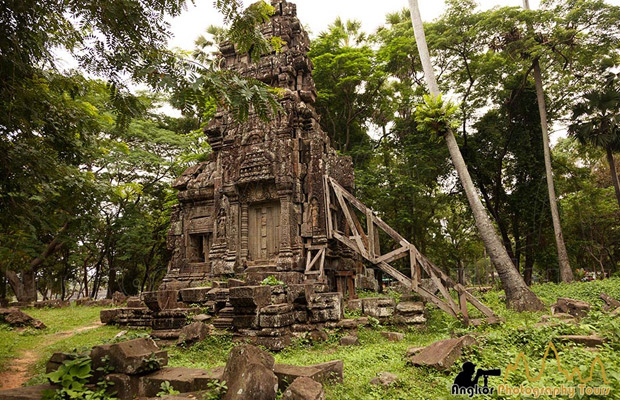
Ta Prohm Kel
Ta Prohm Kel (Khmer: Prasat Prasat or Prasat Prasat) is a small ruined sandstone monument in the archaeological park of Angkor, Siem Reap province, Cambodia. Ta Prohm Kel was one of the 102 hospital ...

Bakong Temple
Bakong (Khmer: ប្រាសាទបាគង) is the first mountain of the sandstone temple built by the rulers of the Khmer empire in Angkor, near modern Siem Reap in Cambodia. In the last ...
.jpg)
Angkor Wat Temple
Since the "discovery" of the temple of Angkor Wat, released in the mid-19th century, it was described as the largest religious building in the world and is rightly spoken as one of the wonders of the ...




